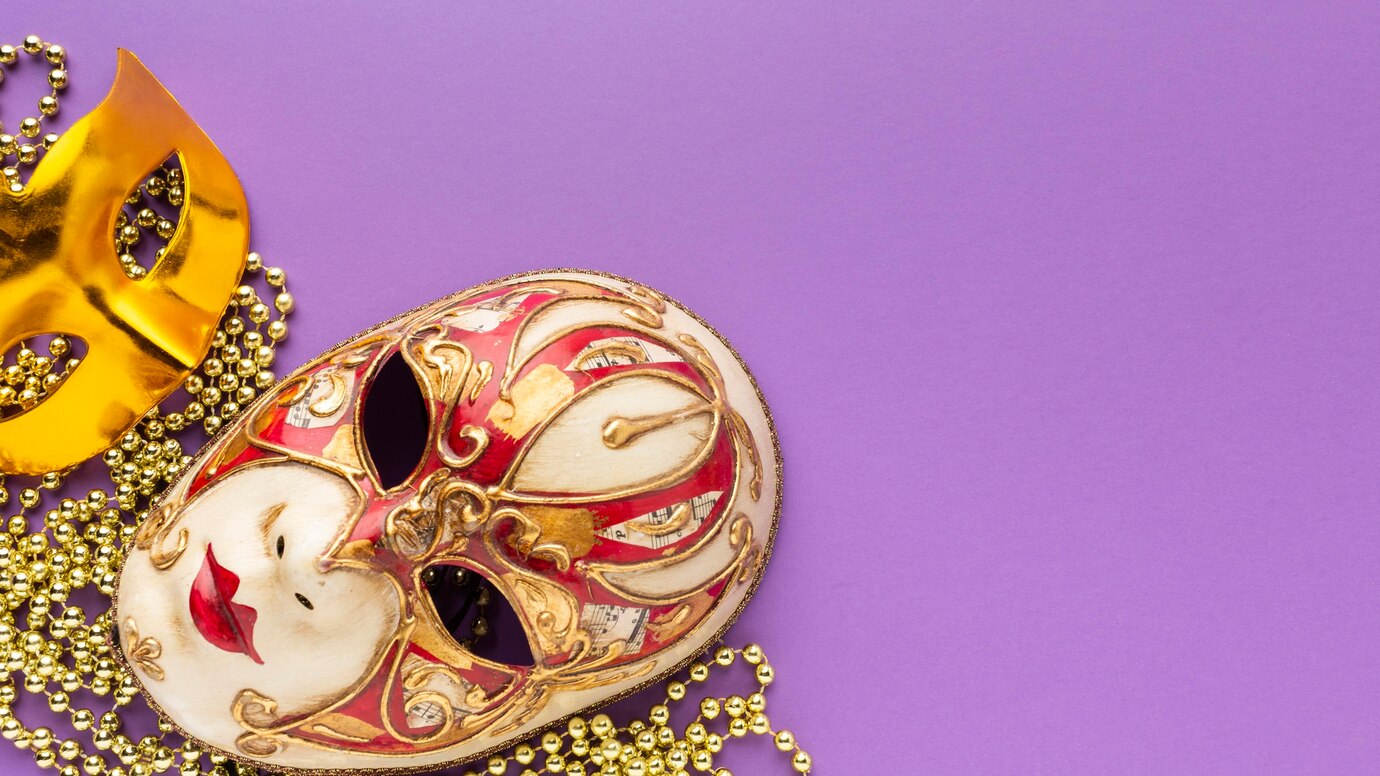Beyond the Binary: Exploring the Rise of Genderless Fashion & Its Bold Future
In today’s time, gender norms in fashion are being challenged like never before. An increasing number of designers and brands are embracing the notion of genderless or non-binary clothing. The traditional divisions of menswear and womenswear are giving way to a more fluid, appealing, and inclusive approach to style. The emergence of designers from different regions are collaborating together along with the successful establishment of brands and labels, which is giving fashion an exquisite increase. From high-end houses like Gucci to streetwear brands like Telfar, clothing that transcends gender categories is having a real moment in fashion. So what exactly is genderless fashion? And what’s driving its rise? Genderless fashion, in simple terms, is an item of clothing designed free of gender constraints. It allows the wearer to dress as they please without worrying whether an item is deemed feminine or masculine. Genderless fashion dispels meager heteronormative apparel conventions. Genderless garments often have loose, boxy silhouettes. Some key characteristics include: The goal is to be inclusive, moving beyond societal expectations that dictate what men and women should wear or not. It gives individuals the freedom to explore identity and self-expression through style, unrestrained by binary gender norms. The Origins of Genderless Fashion Gender-bending fashion first emerged as a political statement in the 20th century. In the 1920s, rebellious flappers sported androgynous garments like tailored suits and tuxedos. During the women’s rights movements of the 1960s and 70s, unisex outfitting gained traction as a form of defiance against traditional gender roles. Women adopted menswear inspired pieces to project authority and freedom. On the runway, innovative designers like Coco Chanel and Yves Saint Laurent introduced trousers and polished tailoring for women. Meanwhile, the long-haired, flamboyant looks of glam rock artists played with gender signifiers. By the 1990s, grunge culture favored a masculine uniform of hoodies, combat boots, and oversized shirting for both men and women. Unisex casualwear became mainstream. Now in the 21st century, top designers are reimagining genderless dressing in a more high-fashion, progressive way. Pioneering Genderless Fashion Brands Many contemporary labels are eliminating gender labels and showing how traditional garments can be reworked to have universal appeal. These labels are moving forward to paint the picture of easy-to-wear, gender-neutral apparel. International luxury brands have been swift to embrace this new frontier in fashion. Several became pioneers by launching unisex collections: A non-binary approach from such influential labels helped propel the concept into the mainstream. At the same time, a wave of independent designers who identify as gender fluid or non-binary have founded their own gender-neutral labels: These indie talents have developed unique design philosophies around dressing genderlessly. It’s no longer a trend but a movement propelled by those within the LGBTQ+ community. The Future is Fluid Genderless fashion empowers people to dress as they want, not how they are expected to. Today’s understanding of gender is shifting from fixed categories to a fluid spectrum. Self-determination is key. People are seeking more ways to express themselves, which includes fashion, which is one of the key aspects of expressing one’s own individuality. Youth-centered fast fashion brands are also jumping internationally. H&M’s new gender-neutral collection offers basics like hoodies and jeans in minimalist, relaxed fits. While a totally genderless world may still be far off, fashion is helping accelerate acceptance and visibility. The models strutting runways and staring in campaigns have tremendous influence as representations of identity. Through fabric and form, those in the industry have the power to normalize the belief that expression shouldn’t be restrained by gender. Each individual has the right to present themselves in a way that aligns with who they feel they are inside – and outside. The days of strictly men’s fashion versus women’s fashion are fading. In its place, a more egalitarian, creative vision for getting dressed is emerging. One that says, Wear what you want to wear, be who you want to be. Like the article? Please subscribe for more.









